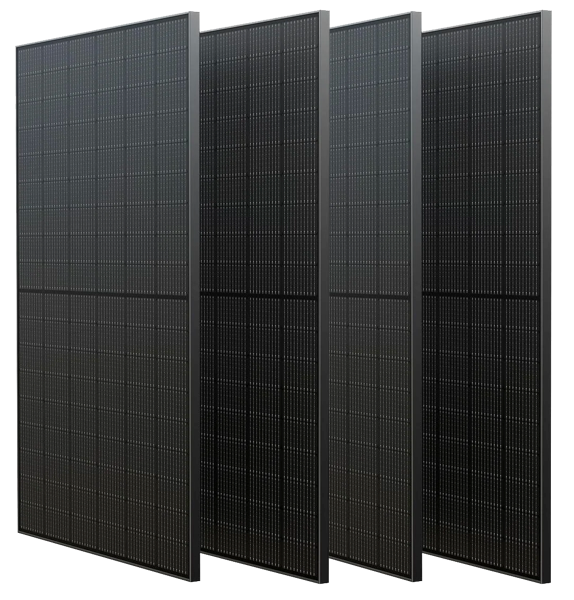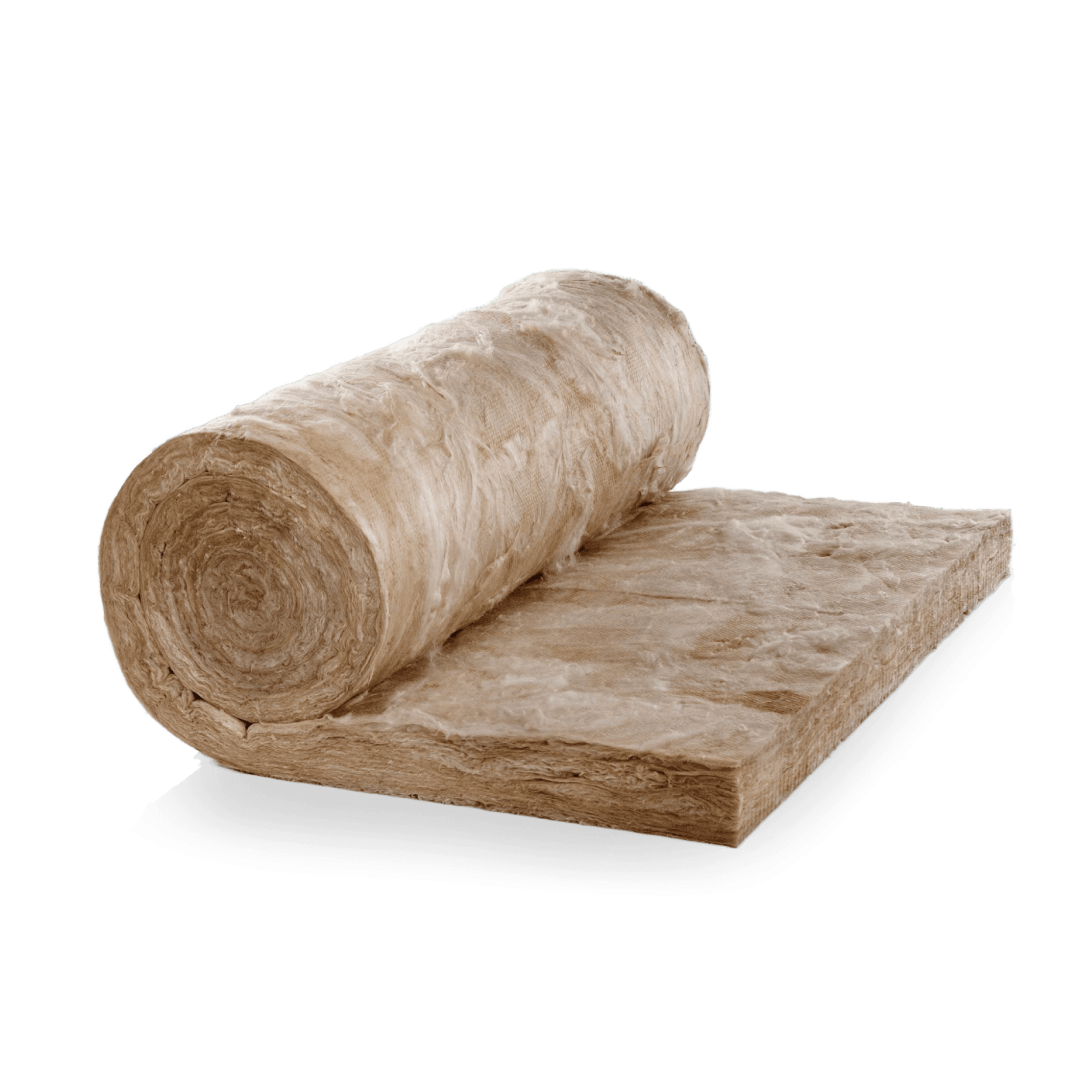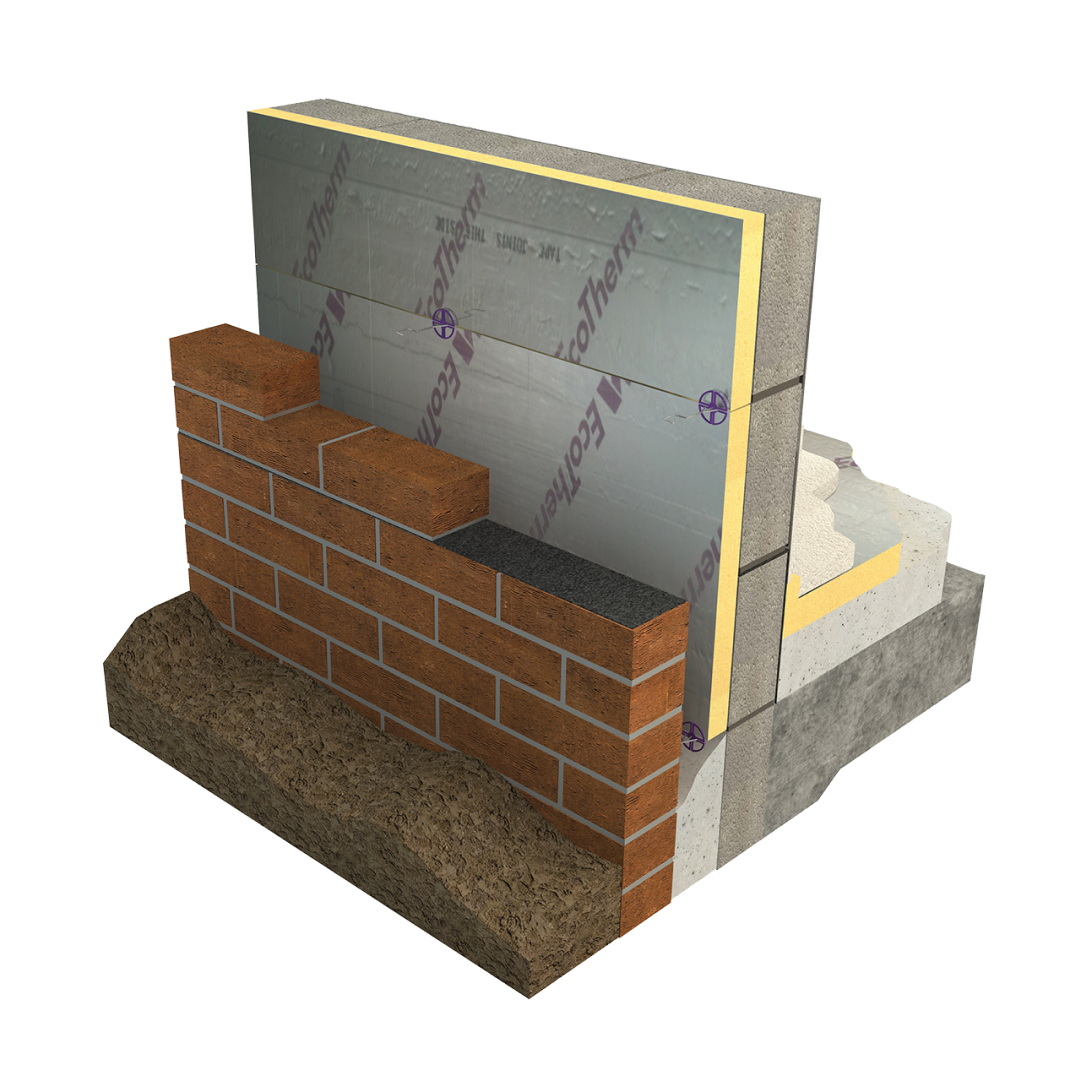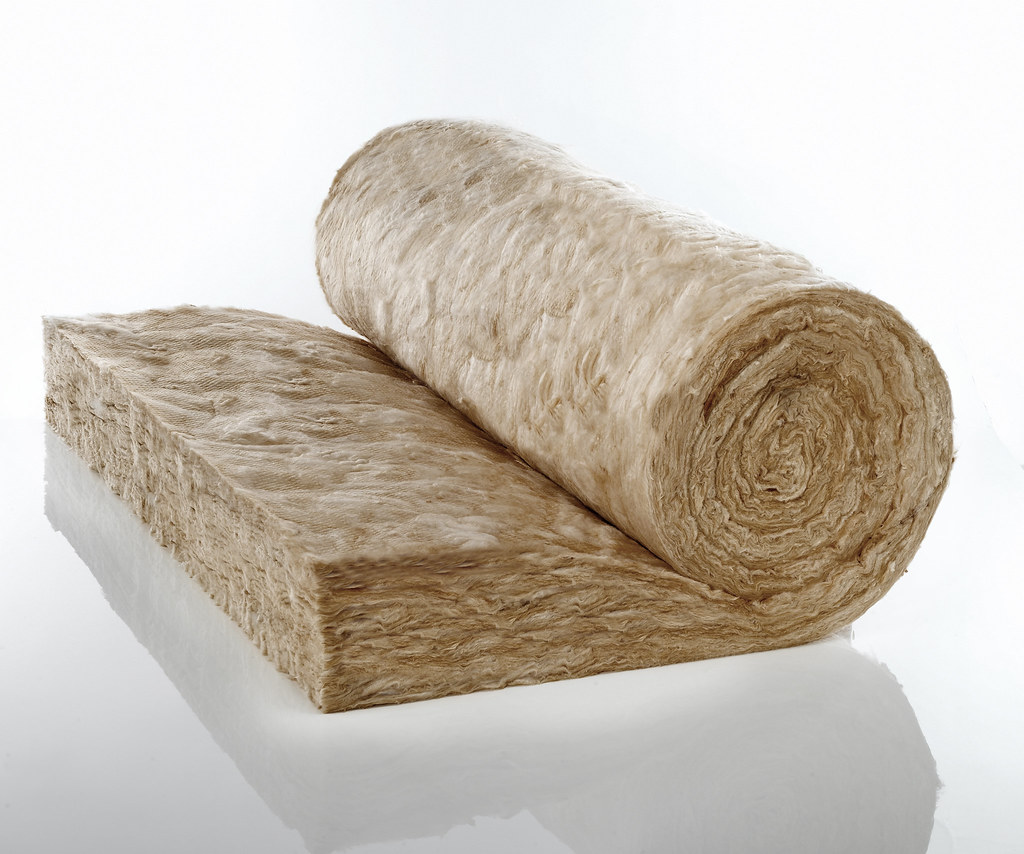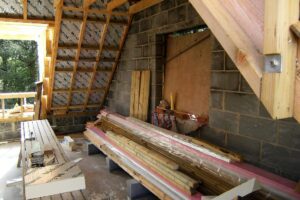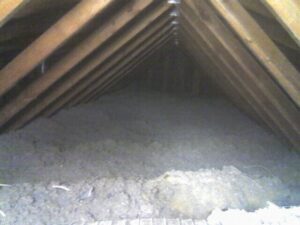Many households in the UK spend hundreds of pounds a year on heating that goes to waste by escaping into the loft and out through the roof. But there’s a simple solution: loft insulation. The most common type of loft insulation comes in rolls of blankets made from materials such as mineral fibres. Rolling out these blankets across the loft floor is easier than laying insulated boards or working with pre-cut strips of blanket insulation.
However, doing the job yourself may not be as straightforward as you think. One of the techniques you’ll need to master is how to cut loft insulation rolls to size.
You can find out here how to do that. We’ll also explain other key steps in the loft insulation process and how much insulating your loft is likely to cost, and if, by the end of the post you feel that insulating your loft yourself is just a little too technical, you can always contact Effective Home today, and our customer service team will be able to discuss your needs and provide a free, no-obligation quote for your loft insulation installation.
Types of Loft Insulation
The first thing you need to consider with loft insulation is whether you should insulate the loft floor or the underside of the roof.
Cold Loft Insulation
Insulating just the loft floor is known as cold loft insulation because it prevents heat from getting into the loft, keeping the heat in your home below.
Installing insulation between and across the timber joists of the loft floor is the most common type of loft insulation. It’s an affordable and relatively easy method, which appeals to DIY enthusiasts.
But it leaves the loft prone to temperature fluctuations. This makes it unsuitable for storing temperature-sensitive items or if you’re planning a loft conversion.
Warm Loft Insulation
Warm loft insulation isn’t typically a DIY job.
It entails installing rigid insulation boards under the wooden rafters of the roof. This is more costly and more complex than laying loft floor insulation.
But it will be necessary if you want your loft to provide living space or you need to store materials there that require a stable temperature.
In other cases, insulating a loft rafter ceiling is likely to be pointless. It would result in higher energy bills to heat a space at the top of your house you seldom use.
Loft Floor Insulation
Blanket insulation is the standard type of loft floor insulation. It comes in a roll or as batts. Both provide equally effective insulation.
Blanket insulation is generally made from soft, flexible fibrous materials:
- Glass mineral wool (fibreglass), made from sand and recycled glass.
- Or rock mineral wool, made from blast furnace waste products and/or volcanic rock.
Other types of blanket insulation include plastic fibres and natural fibres such as sheep’s wool.
Insulation rolls and batts each have their pros and cons.
Insulation Rolls Vs Batt Insulation
Insulation rolls and batt insulation differ in how the materials are packaged and how they’re installed.
Insulation in a continuous roll of material is rolled out in long sections. It’s ideal for covering large areas of the loft floor with lengths of insulation without breaks or gaps.
Loft rolls can be awkward to handle and prone to ripping but can be cut to size fairly easily and shaped to fit any area.
Batt insulation comes pre-cut in flat, rectangular pieces. Precise measurements are needed to get the right number and size of pieces required.
Like rolled insulation, batt insulation is soft and flexible. However, most DIYers find it harder to work with when it needs cutting to fit in spaces of different sizes or go around obstacles.
Insulation rolls, on the other hand, are easier to cut to size and use around irregularly shaped areas.
Because rolled insulation is easier to manipulate and install, it’s usually the preferred DIY method of loft floor insulation. But it’s still crucial to know how to cut it properly.
Cutting insulation rolls might seem straightforward but you need to have the right tools and know the correct techniques. Safety precautions are also important.
How to Work Safely in the Loft
Before heading up to the loft, make sure it’s well lit and you can get into it and out of it safely, with an unimpeded access route.
It’s best to measure and cut loft insulation rolls in the loft itself. This avoids loose fibres floating around in your living space.
Before you start cutting your insulation, it’s essential to have the right safety equipment to hand.
You’ll need:
- Protective clothing, ideally industrial-standard overalls.
- Knee pads.
- Eye protection – goggles or safety glasses.
- Protective work gloves.
- Respiratory mask or protective dust mask to prevent inhalation of dust and fibres.
- Sturdy footwear with a good tread to avoid slips.
- Head protection – a baseball cap or a hoodie at least.
Tools You’ll Need when Cutting Loft Insulation Rolls
Once you get into the loft, you don’t want to be climbing up and down a ladder all day as you hunt around for the tools you need to cut your insulation rolls.
Having all the equipment in place beforehand saves a lot of frustration as well as time.
Some items are essential; others optional depending on your loft.
You’ll definitely need:
- A tape measure to measure the area to be insulated and where to mark out cut lines on the insulation.
- A permanent marker to draw the lines to be cut on the insulation roll.
- A 2×4 piece of wood.
- A solid board to place the insulation on before cutting it. This will avoid damage to the loft floor.
- A knife or saw to cut the insulation.
Additional items you may need include:
- A screwdriver if you have to remove flooring boards on top of the joists. A manual screwdriver will be OK if there are only a few boards; otherwise, an electric screwdriver or combi drill will make the job a lot easier.
- Insulation guards – also known as loft covers or loft caps – to prevent overheating of any recessed ceiling light fittings in rooms below the loft.
- A crawl board to spread your weight if the loft floor has open joists. Otherwise, there’s a risk of falling through the ceiling below.
Preparation Process when Cutting Loft Insulation Rolls
Preparation is key before you begin cutting your loft insulation rolls.
It starts with making sure you’re wearing the correct safety clothing and equipment. As a minimum, you’ll need:
- Protective clothes to prevent your skin coming into contact with the insulation material.
- Eye protection to prevent insulation fibres from getting into your eyes.
- A mask to avoid inhaling fibres.
Once you’re kitted out safely, you’re ready to:
- Measure the area to be insulated.
- Position the insulation on the solid board. If you’re working with a crawl board, you can use this.
- Roll out the insulation over the board.
- Use your permanent marker to mark lines to be cut according to your measurements.
- Double-check your measurements with the tape measure.
- Place the wooden 2×4 across the marked line.
You’re now ready to start cutting your insulation to size.
Types of Tools for Cutting Loft Insulation Rolls
Tools that can be used to cut loft insulation rolls include:
- Shears or heavy-duty kitchen scissors for thinner insulation material. Scissors are also handy for cutting insulation to fit around pipework or water tanks.
- Electric knife.
- Utility knife.
- Serrated knife.
- A saw.
How to Cut Different Types of Loft Insulation
The best type of blade to use when cutting rolled loft insulation depends on the material. A utility knife, a serrated knife, or a small saw usually work best across the board.
Fibreglass Insulation
If you’re cutting fibreglass insulation, use a sharp utility knife. Bear in mind that glass mineral fibres can quickly dull the blade. So change it frequently.
If the insulation has kraft paper on one side, place the material on your cutting board with that side at the bottom.
Use the 2×4 as a cutting guide. Kneel on it to hold it in place and press down on the insulation material with your hand.
With the knife at a 45-degree angle, cut the insulation along the marked line. Make the cut in one smooth movement. You can then go back to finish any cuts that didn’t go straight through the material.
Mineral Wool Insulation
When cutting mineral wool insulation, a utility knife or razor blade would dull too quickly and tear the material.
The best tool for cutting mineral wool is a serrated knife. You can get special knives specifically designed to cut rock wool.
But a bread knife will also work. Mineral wool insulation typically has a soft, fibrous texture similar to a loaf of bread.
Alternatively, you could use a drywall knife or a small handsaw.
Sheep Wool Insulation
Sheep’s wool is a user-friendly type of insulation material, and the way you cut it is slightly different.
As long as you don’t have a wool allergy, it’s safe to cut without a protective mask, gloves, or goggles.
As an alternative to tearing the material by hand, you can easily cut rolled sheep wool insulation with an insulation saw or a sharp scalloped-edge knife.
Keep the insulation rolled and cut through the entire length or width of material required.
Importance of Clean Cuts in Loft Insulation Rolls
Whichever type of loft insulation roll you’re cutting, accurate measurements of the area to be insulated are imperative. The insulation also needs to be measured precisely and cut to size cleanly.
These steps ensure the insulation is a snug fit within the floor joists – critical to optimise the amount of heat kept in the living spaces beneath. Any gaps in the insulation will allow heat to escape through the loft floor.
With neat, precise cutting, the insulation material will fit seamlessly between joists. This minimises the risk of gaps, draughts, and uneven coverage. Precision cuts also avoid unnecessary waste of insulation material.
Loft Insulation Roll Costs
Loft insulation costs on average £20 to £30 a roll, which works out at around £5 to £10 a square metre. Mineral wool and fibreglass insulation rolls cost less than sheep wool.
Buying enough rolls to insulate a loft floor to the recommended depth of 270mm typically costs:
- £125 to £160 for a terrace house.
- £200 to £250 for a semi-detached house.
- £300 to £375 for a detached house.
- £375 to £420 for a bungalow with loft space.
If you get loft insulation rolls from a shop, you’ll pay the full VAT rate of 20 percent.
VAT on professional loft insulation, including materials, is zero-rated until March 2027, when it’s expected to go back to the reduced rate of five per cent.
A further advantage of hiring loft insulation professionals is that it may qualify you for a loft insulation grant to cover all or a large part of the cost.
Benefits of Loft Insulation
Below are some of the main advantages of loft insulation:
- Savings on energy bills – up to £445 a year according to Energy Saving Trust (based on energy bill prices as of January 2024) – resulting in a fast loft insulation payback
- Rolled loft insulation can last 30 years, and often much longer when installed by professionals. This means it will pay for itself many times over during its lifespan.
- Once your loft is insulated, you’ll enjoy a more comfortable home environment.
- It will keep your home warm in winter without cranking up the heating. In warmer weather, loft insulation maintains a cooler temperature by preventing heat from escaping into your living space.
- Loft insulation also reduces your carbon footprint, and some types lessen noise pollution by absorbing sound.
- If you decide to sell your home, the benefits of loft insulation will appeal to potential buyers, increasing its value by 14 per cent according to some energy efficiency experts.
DIY Vs Professional Loft Insulation
Insulating your loft yourself, including learning how to cut loft insulation rolls, may save money in the short term but you’re not likely to get the full benefit unless you can do the job to a high standard.
DIY loft insulation can also be dangerous if you don’t know what you’re doing and tend to be unorganised.
This is why many homeowners turn to loft insulation professionals. They know how to get around lofts safely and are experts at cutting loft insulation.
If you want to enjoy the advantages of professional loft insulation, leading national energy efficiency specialist Effective Home can help.
Call 0333 003 0703 or contact us online to arrange a free, no-obligation loft insulation survey.






